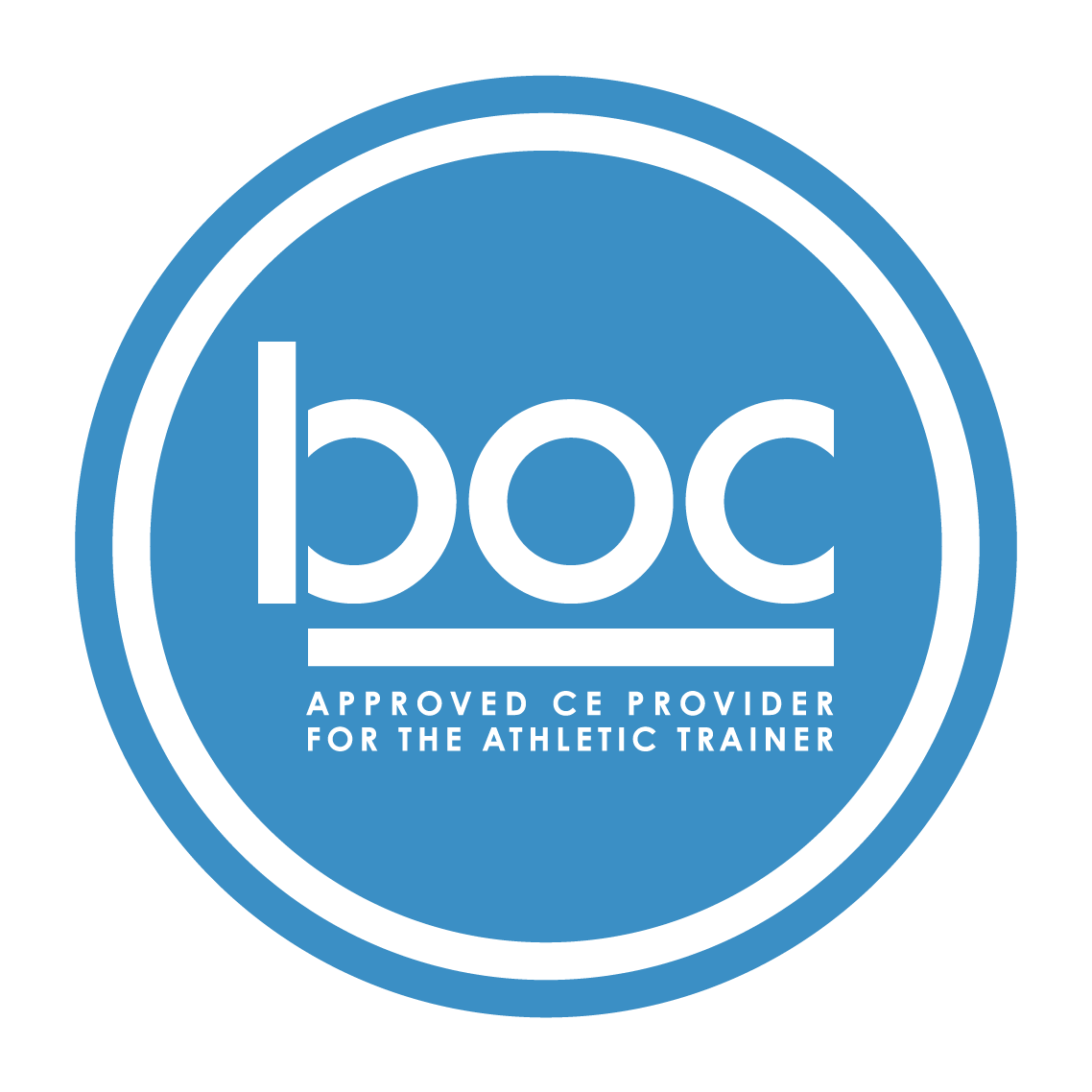- Home
- The Effects of Equipment Design on Cervical Spine Motion, Removal Time and Difficulty during Football Shoulder Pad Removal
The Effects of Equipment Design on Cervical Spine Motion, Removal Time and Difficulty during Football Shoulder Pad Removal
|
Bric JD*, Swartz EE†, Al-Darraji SJ*, Decoster LC*, Mihalik JP‡: †University of New Hampshire, Durham, NH, *New Hampshire Musculoskeletal Institute, Manchester, NH, ‡University of North Carolina, Chapel Hill, NC. Context: Football equipment designs continue to evolve, providing better protection for athletes participating in collision sports, including American football. Recent shoulder pad equipment designs depart considerably from the traditional equipment many football athletic trainers (ATs) are familiar with. These evolutions may affect cervical spine injury management, when ATs are required to intervene quickly and safely to provide resuscitation and advanced cardiovascular care. Objective: To compare the amount of head movement, time to task completion, and perceived difficulty during removal of traditional and quick-release shoulder pads. Design: Quasi-experimental. Setting: Research laboratory. Patients or Other Participants: Forty ATs free of physical pathology preventing them from completing the required tasks were recruited (males=21; females=19; age=33.7±11.2 yrs; mass=80.7±17.1 kg; height=173.1±9.2 cm; AT experience=10.6±10.4 yrs). Interventions: The independent variable was shoulder pad design (Traditional or Riddell RipKordTM). After familiarization, participants working in pairs conducted 8 successful trials in random order whereby they removed traditional (using the flat torso technique) or RipKordTM shoulder pads from a live model (4 trials of each). An eight-camera three-dimensional motion system and two three-point segment marker sets (head and torso) were used to capture head motion. Total time was recorded with a digital stopwatch. The difficulty for the task by the participant was recorded after each trial using a modified Borg CR-10 scale. Main Outcome Measures: Dependent variables included head excursion in degrees (computed by subtracting minimum position from maximum position) in each of the three planes (sagittal, frontal, transverse) during shoulder pad removal, time to task completion, and difficulty rating. Trials for each team were ensemble averaged. Paired-samples t-tests were employed to evaluate differences between the two levels of our independent variable for each dependent variable. Results: Athletic trainers required significantly less time to remove the RipKordTM shoulder pads (21.96 ± 3.08 s) than traditional shoulder pads (29.22 ± 4.45 s) in our study (t19 = 9.80; P<0.001). There were no significant differences in sagittal (t19 = 1.63; P=0.119), frontal (t19 = 0.80; P=0.435), or transverse (t19 = 1.10; P=0.285) cervical spine motion resulting from shoulder pad removal between the two designs. There were no differences in difficulty reported by the ATs in removing the two shoulder pad designs (t19 = -0.80; P=0.435). Conclusions: Our data suggest that the new RipKordTM design allows ATs to remove shoulder pads more quickly, without compromising cervical spine motion or introducing additional difficulty to the task. These results can only be generalized to the flat torso technique of shoulder pad removal at this time. Future research should examine the efficacy of such shoulder pad designs in allowing for effective access to the chest as would be needed in cardiovascular emergencies. Incorporating these equipment advances to other sports should be considered. This study was funded by the Eastern Athletic Trainers’ Association.
|









